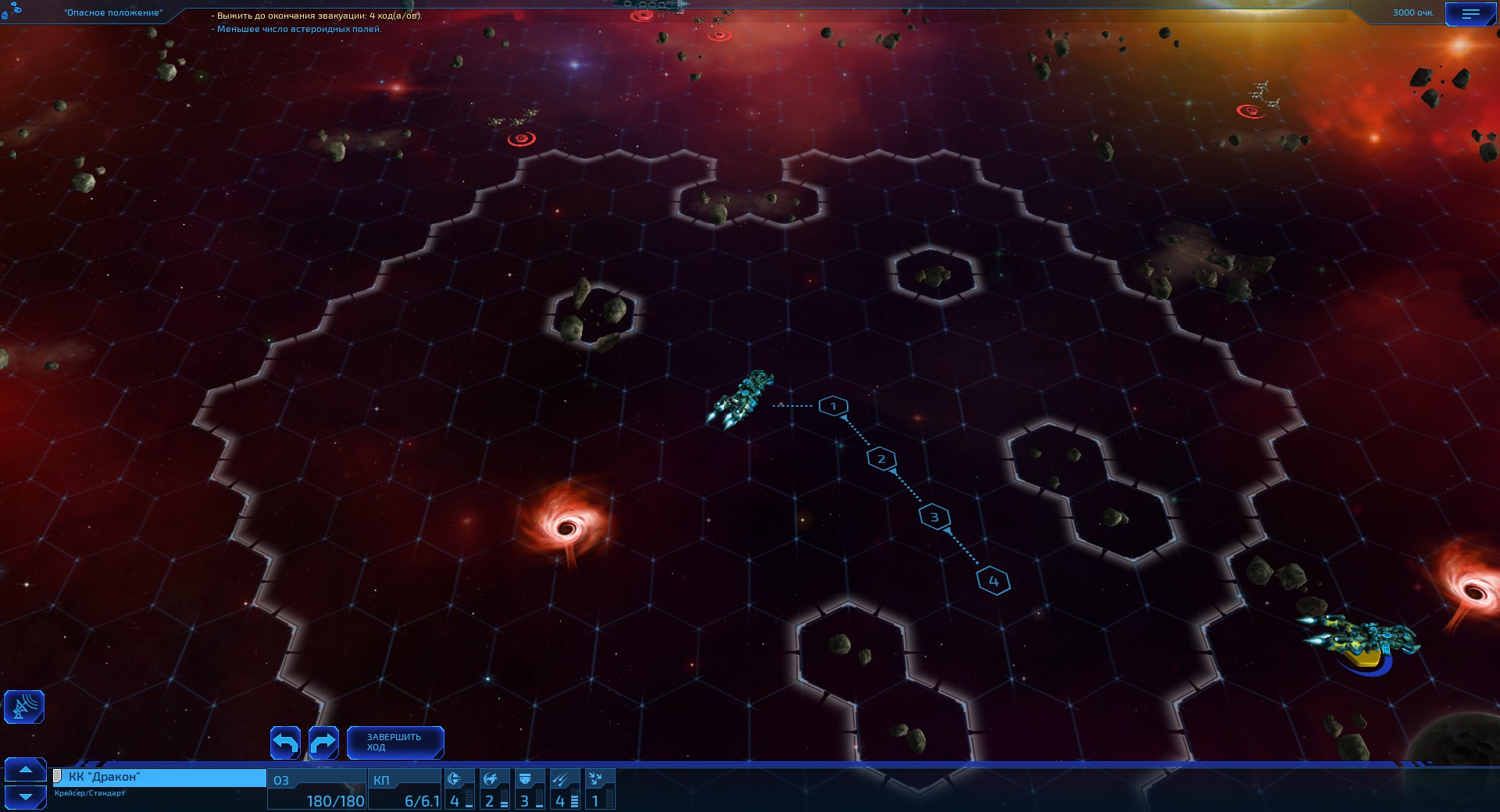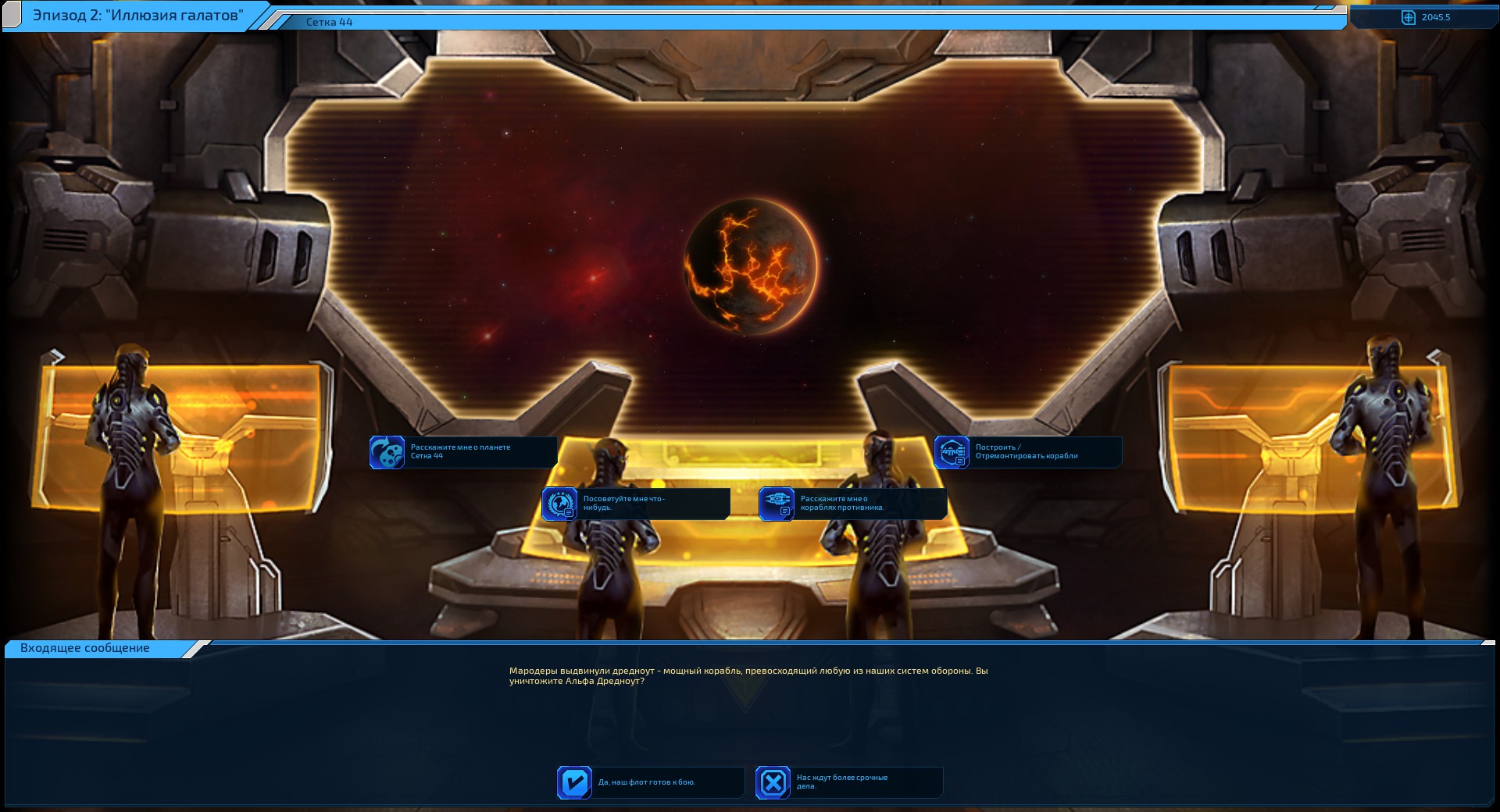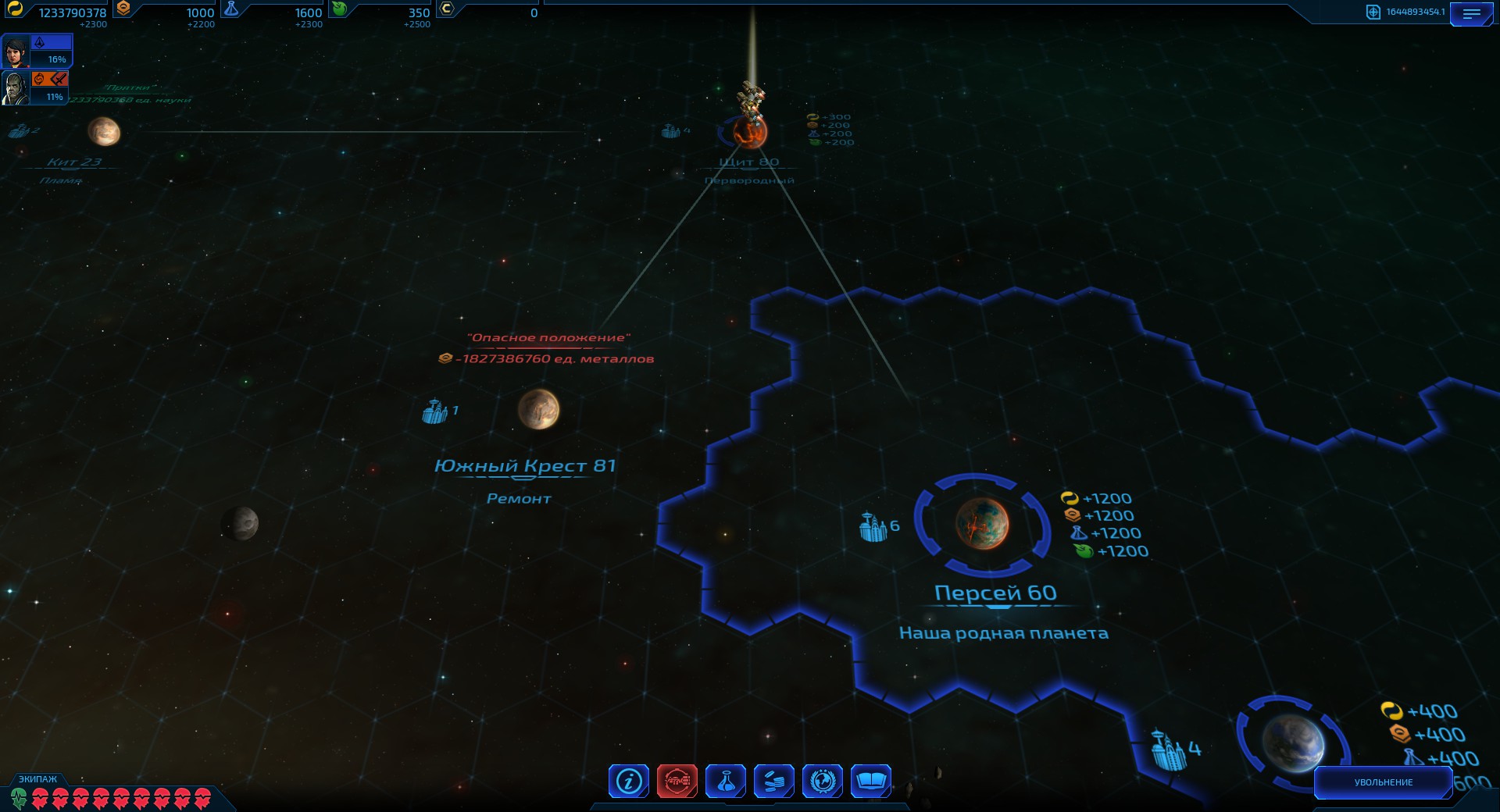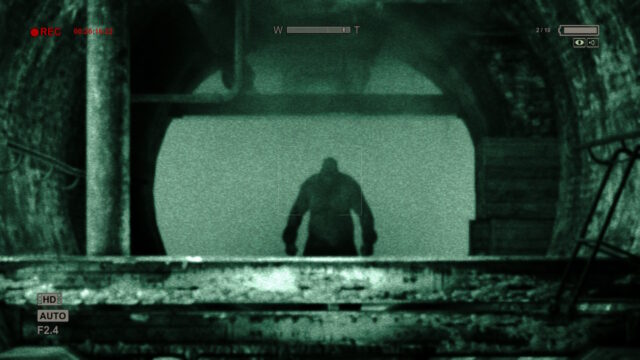Flat Cosmos Sid Meier’s Starships

Sid Meier’s Starships suddenly turned out to be a very fast game.
Deciding to explore what these interplanetary conquests are all about, your humble servant set the easiest local difficulty level, set an average-sized map, three computer opponents, and then cleared the star space of competitors in twenty minutes. At the same time, earning 14 out of 31 possible achievements. No jokes.
In classic Civilization and Beyond Earth, even if you set a similar difficulty level, remove all opponents except one, sit down with them on a duel micro-map, and then conquer them until you lose your pulse, it would take at least two hours for a game. Unless you’re going for a record.
The same two hours in Starships is already an epic adventure, in a healthy galaxy and with a bunch of battles. It turns out that capturing entire planets is a much simpler task than reshaping the land on their surfaces. Who would have thought.
All technological, military, and other development trees in space have been thoroughly ironed out and turned into strict lines. Levels of planets, which are here instead of cities, are purchased with food points. Planetary management is also simple. The higher the level, the more resources are harvested per turn. If desired, the output of a specific resource can be increased for energy points. You can also build a wonder on each planet. They are also built immediately, just requiring a lot of production points. That’s it.

Science has shrunk to a few straight lines of military-industrial complex. Improve fleet energy shields, strengthen lasers, install more powerful engines, and so on. The military industry itself has become a bit more serious as a result. Despite the fact that we can only have one fleet in our party, it can be equipped in many different ways. Local archetypes include a dreadnought with torpedoes, fighting head-on, an aircraft carrier with squadrons of fragile but painfully stinging X-wing fighters, a ninja ship with camouflage systems, and a scout ship whose main class task is to expose ninja ships.
But essentially, each newly purchased ship is a blank canvas with practically nothing, from which you can create whatever you want. For example, a nimble ninja aircraft carrier, almost useless in a frontal attack and equipped with only two fighter squadrons, but capable of dramatically outmaneuvering the enemy fleet, positioning the squadrons in a deadly position, sacrificing them, but ensuring the successful completion of the combat mission. Or a ship capable of nothing decisive except littering the battlefield with ten thousand zoning torpedoes.

By the way, about these combat missions. With the extreme simplification of the economy and the complete amputation of the question of civilization culture, various combat puzzles are the main dish of the Starships game. Moreover, textbook wars with competing states and skirmishes with space pirates are only half of the story. The second half is attracting initially neutral planets to your side. The governments of these planets are ready to join your federation for four influence points, which are mainly earned by completing tasks. Someone will ask you to deal with marauders, someone will need you to take control of three beacons, and so on. All planetary problems are decisively overcome through combat missions of varying degrees of complexity and interest.
After an hour of constant ship clashes on a large map with a reasonable level of difficulty, you begin to understand why Starships games are resolved quickly (for turn-based strategy). Constant combat missions become tiresome quite quickly, and the game doesn’t really offer anything else.
An interesting moment: you can accidentally break the economy of Sid Meier’s Starships. How it happens, I don’t even know myself, but sometimes the game rewards for successfully completing tasks reach astronomical (hehe) numbers. For example, for the second available quest, a neutral planet will allocate 8,617,899,570 units of food to the player. Provided that “upgrading” the planet from the first to the fifth level costs around 5,000. And so the whole galaxy goes crazy. Laughing aside, playing on such steroids is not interesting, and the broken game has to be reset.

Of course, it is important to consider that Sid Meier’s Starships is also a mobile project, and only hardcore maniacs will sit with a tablet in their hands for half a day playing one game. But, again, if we put this condition aside and remember that Starships is being sold on Steam for a not-so-small price, it cannot be denied: for a turn-based strategy game, Sid “Our Everything” Meier’s new creation is somewhat flat entertainment.
Share
Discuss
More Reviews





